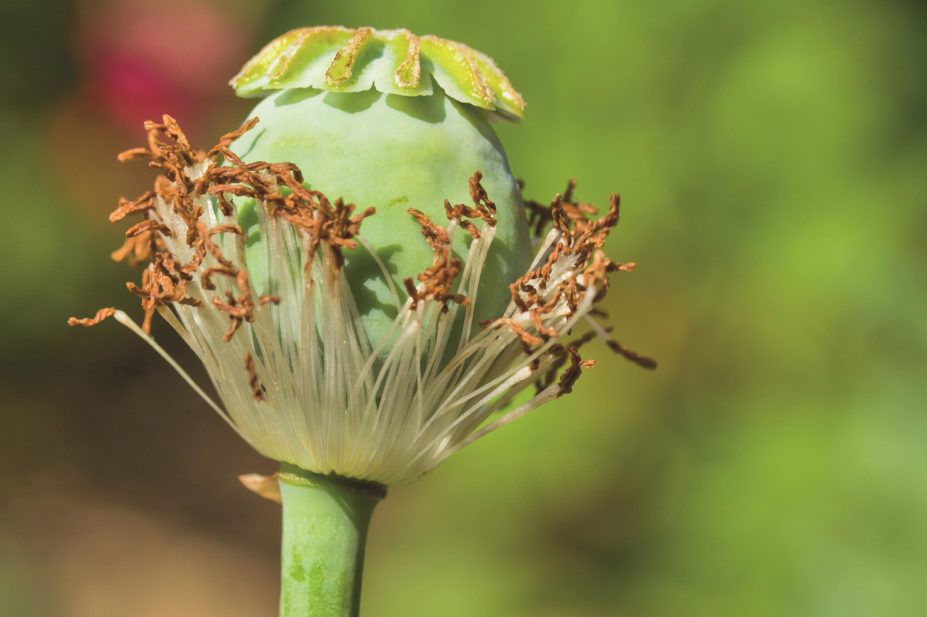
Shutterstock.com
Researchers have previously succeeded in genetically modifying yeast to make (S)-reticuline, a precursor to a wide range of therapeutic alkaloids including morphine and codeine. Now, a further breakthrough is reported in Science
[1]
(online, 25 June 2015), with the identification of the enzyme that is responsible for converting (S)-reticuline into (R)-reticuline — the final stage in the morphine biosynthesis pathway.
The newly discovered enzyme, designated STORR [(S)-to-(R)-reticuline], contains a cytochrome P450 module along with oxidoreductase modules, which catalyse the two-step conversion process.
The discovery means that the biosynthetic pathway for morphine is now complete, potentially paving the way for cheaper, safer methods of producing therapeutic alkaloids without the need to cultivate poppy fields. “The fusion protein STORR may enable microbial-based morphinan production,” the researchers say.
References
[1] Winzer T, Kern M, King AJ et al. Morphinan biosynthesis in opium poppy requires a P450-oxidoreductase fusion protein. Science 2015. doi:10.1126/science.aab1852.
You may also be interested in

Competition watchdog launches investigation into discontinuation of bipolar drug

Warwick Smith: ‘The pandemic has removed factors that allowed us to be resilient for Brexit’
